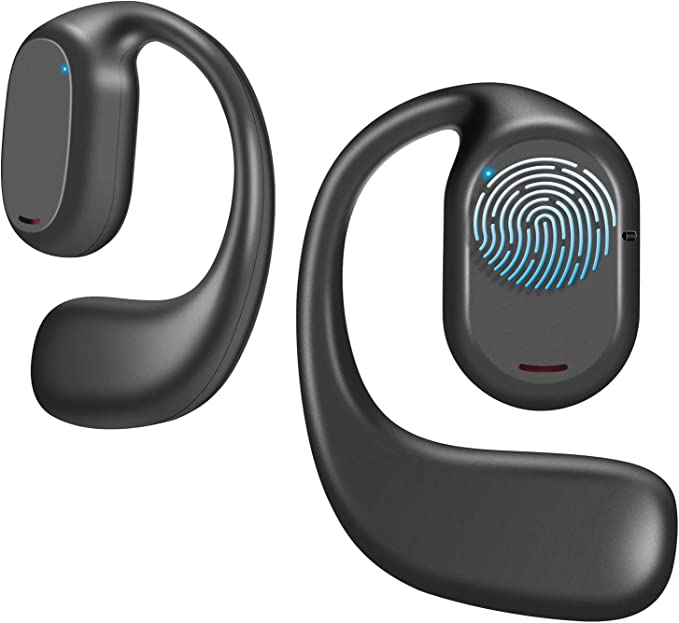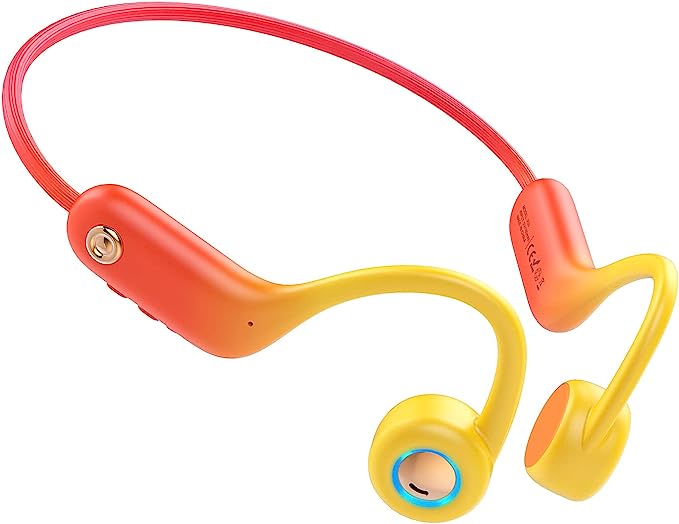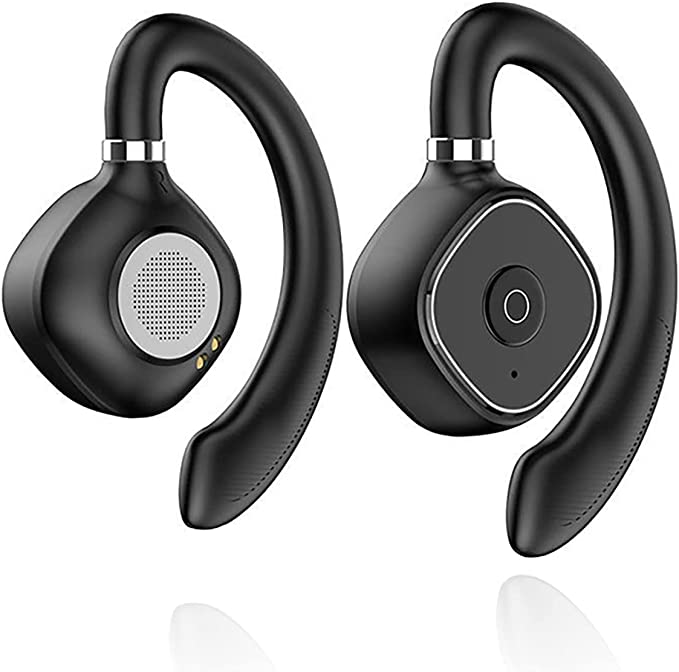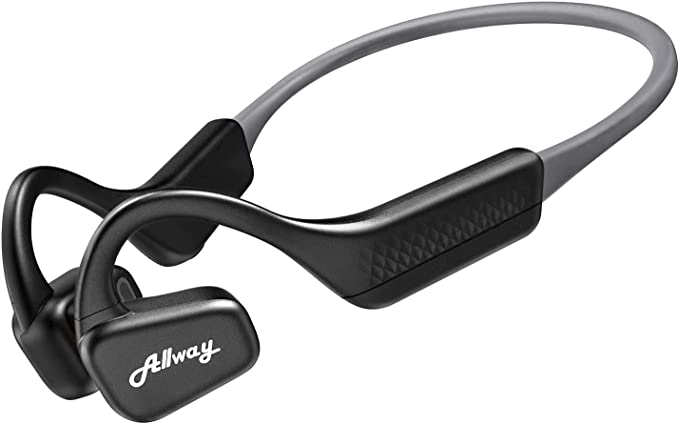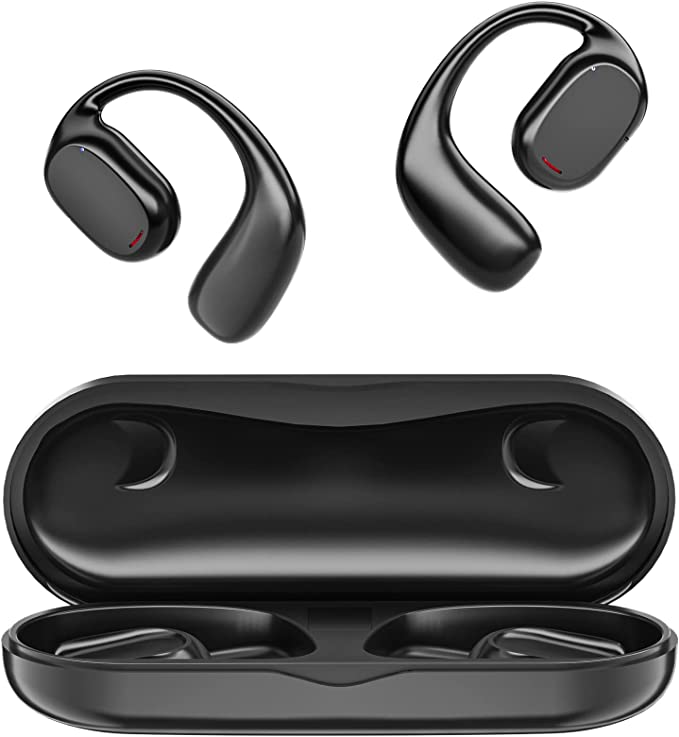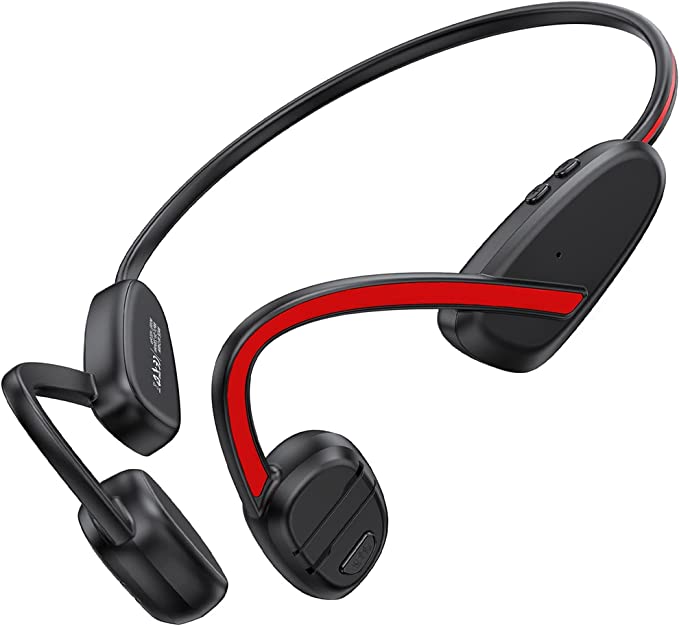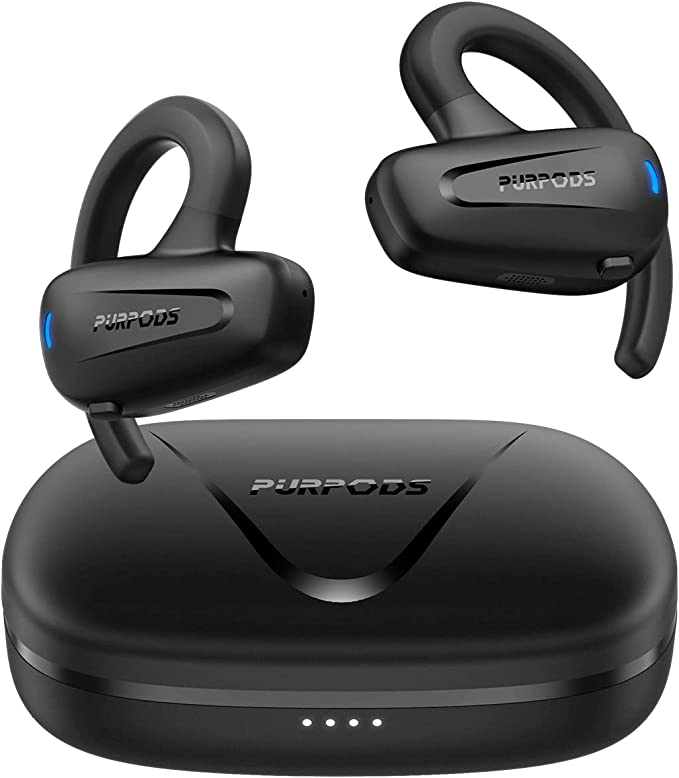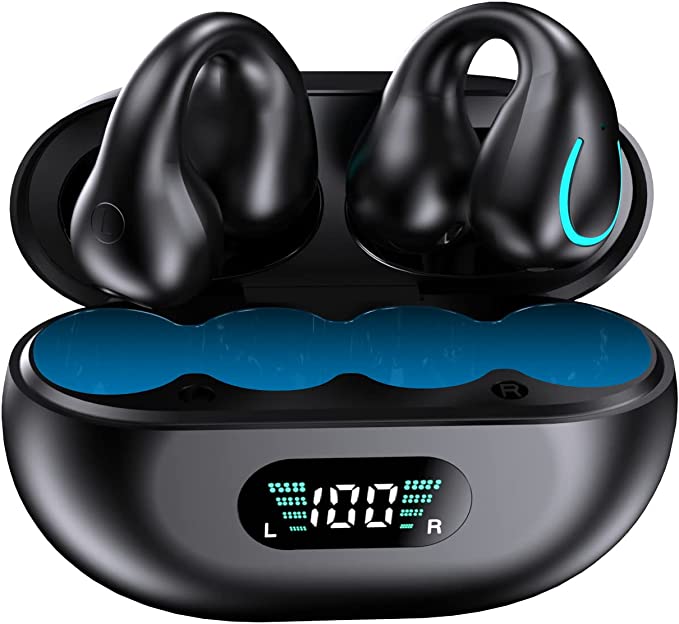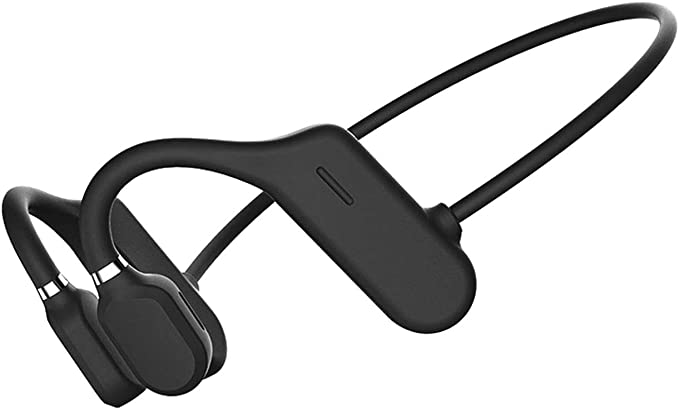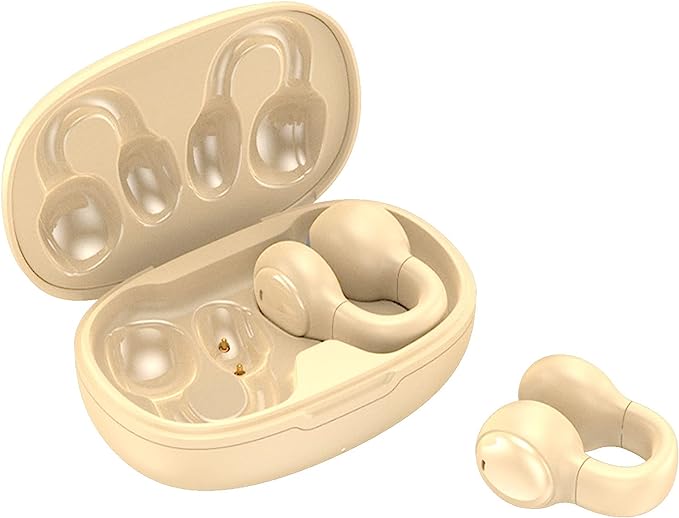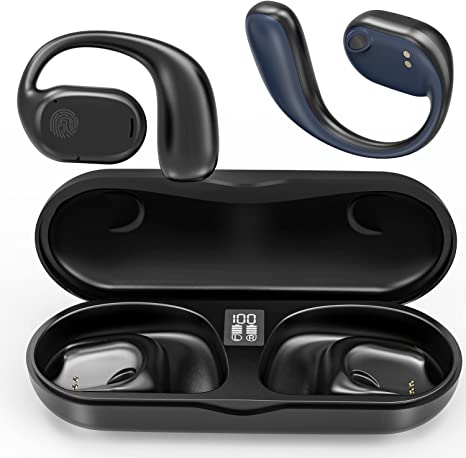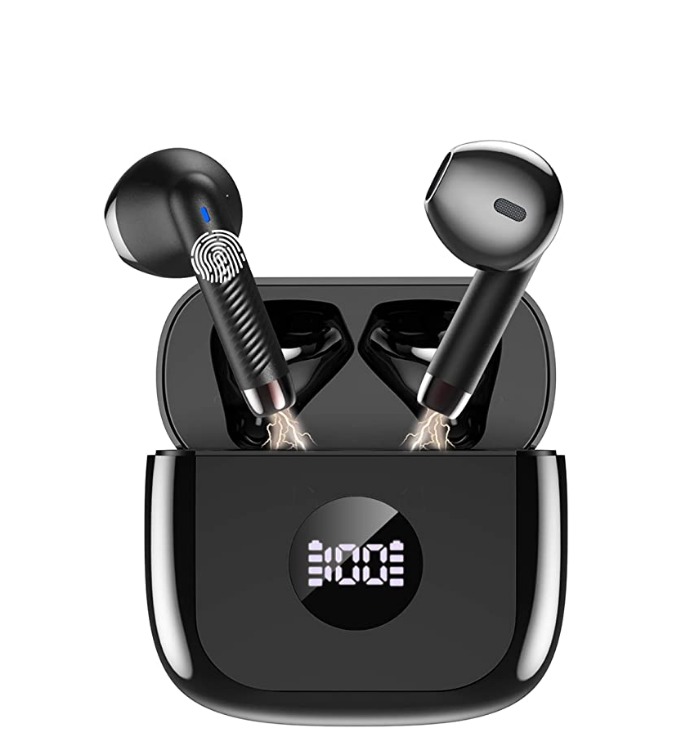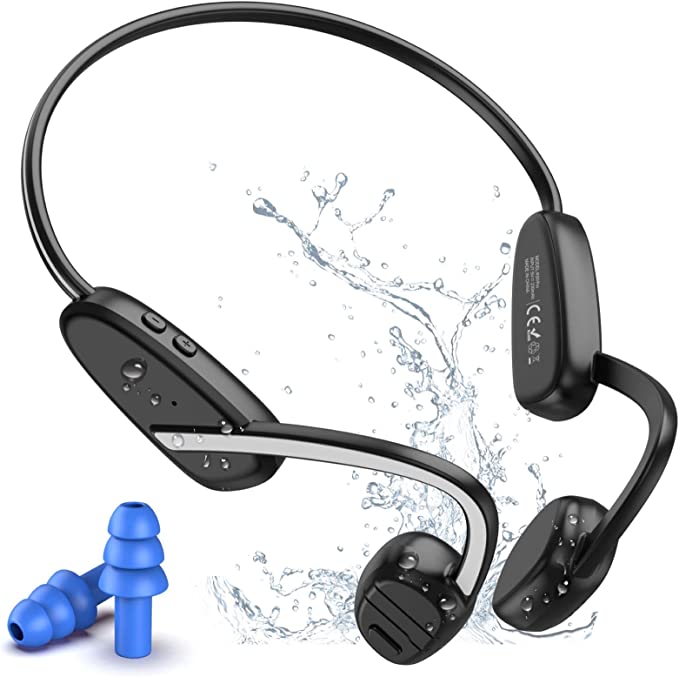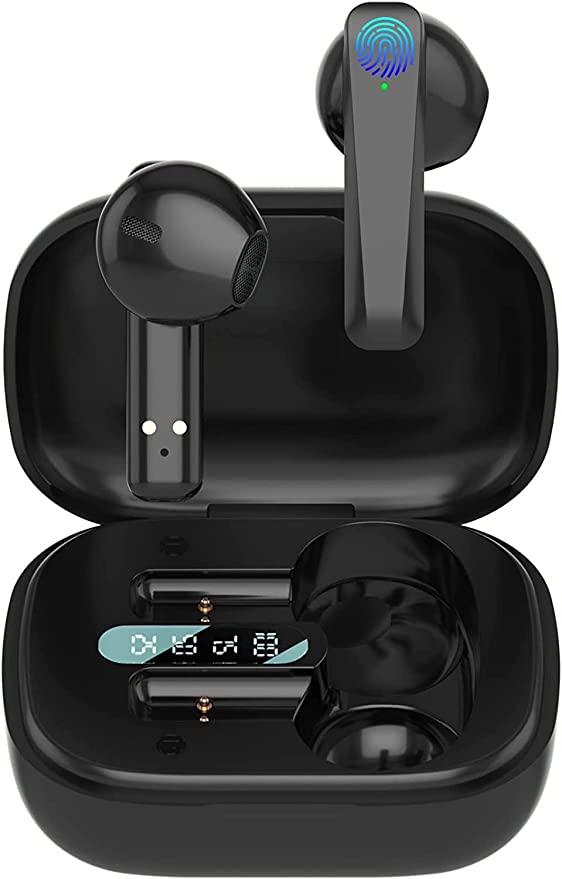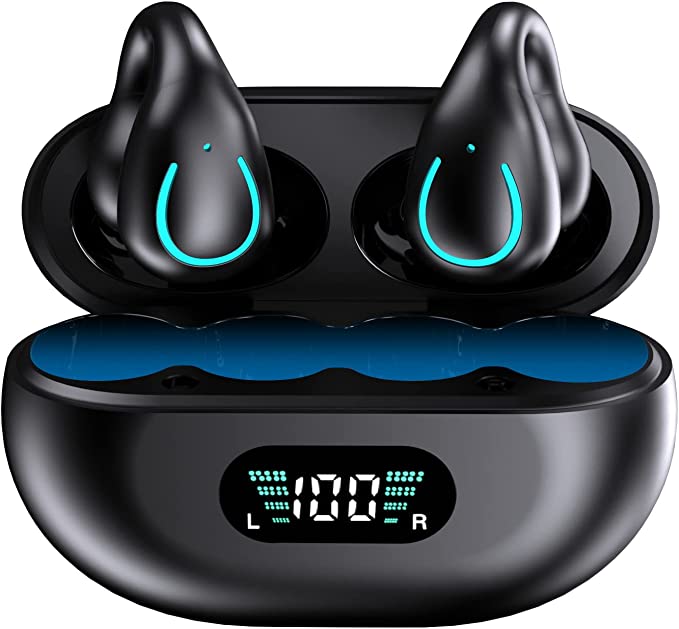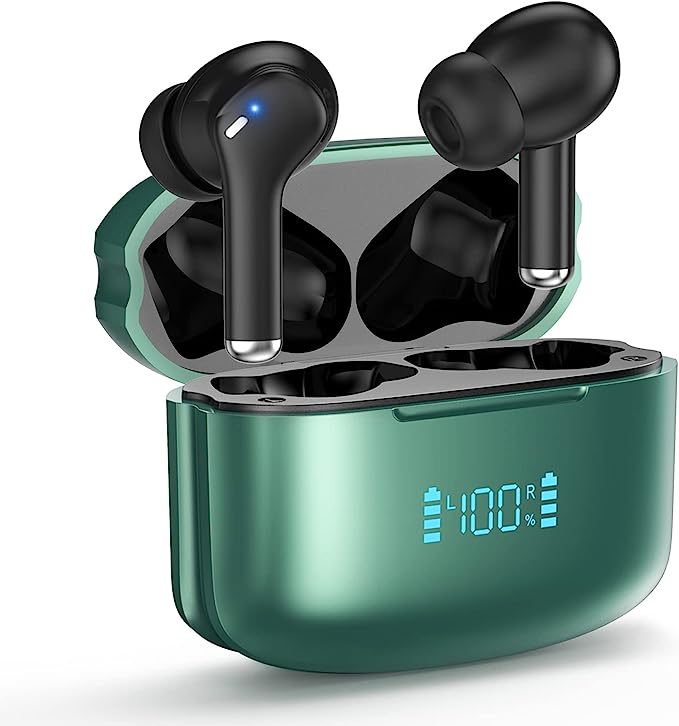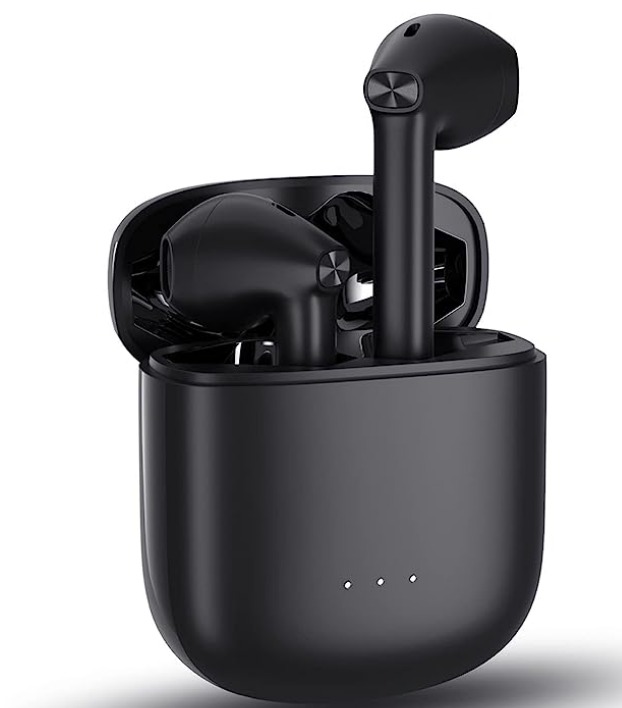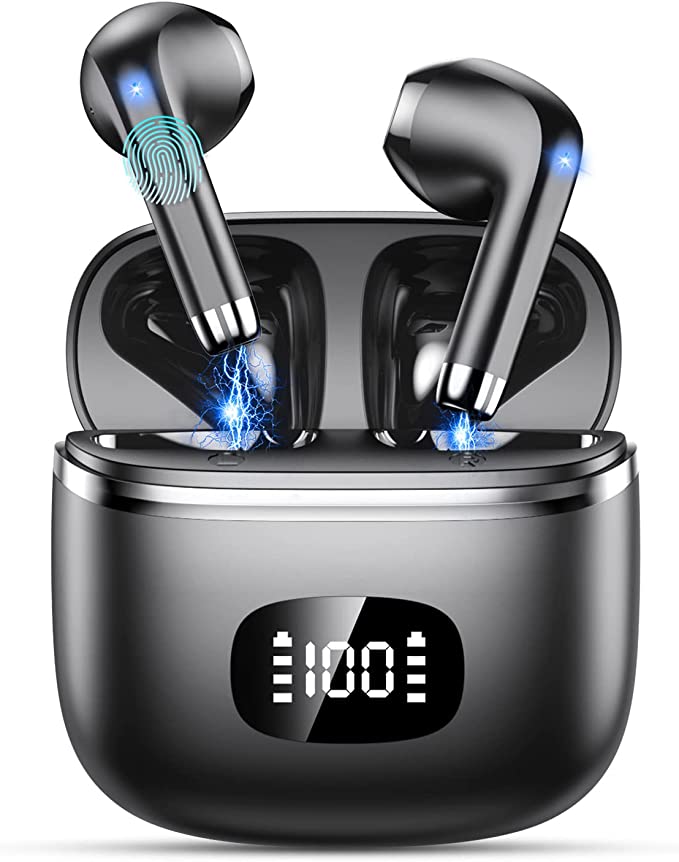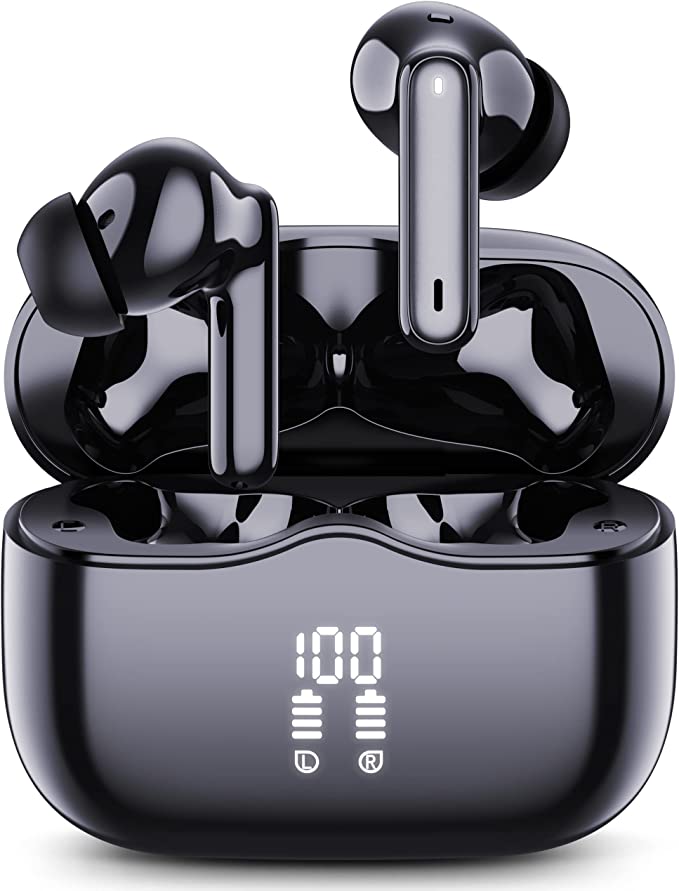Baixhur BH-OEH-05 Open Ear Bluetooth Headphones: Great Budget Pick for Sports
Update on June 27, 2025, 6:59 a.m.
There was a time, not so long ago, when the ultimate goal of personal audio was to build a wall. Think of the iconic Sony Walkman. It wasn’t just a cassette player; it was a ticket to a private universe. With those foam-covered headphones pressed against your ears, the mundane sounds of the city bus or a crowded hallway would dissolve, replaced by the pristine, immersive world of your favorite album. We built impenetrable sound bubbles, and for a generation, it was revolutionary.
But a paradox emerged from this perfect isolation. While we gained a private soundtrack to our lives, we lost a degree of connection to the world itself. The runner, lost in a driving beat, might not hear the cyclist’s warning bell. The office worker, deep in a podcast, could miss a colleague’s question. We found ourselves constantly removing an earbud to say hello, pausing our music to cross the street. Our perfect sound bubble had become both a sanctuary and a cage. This begs the question: What if we could have a different kind of bubble? Not a wall, but a permeable membrane—one that lets our chosen audio in, without shutting reality out? This is the promise behind the growing category of open-ear headphones, and the Baixhur BH-OEH-05 serves as a fascinating case study in how this philosophy is brought to life.

The Physics of a Permeable Bubble: Air vs. Bone
To understand how you can hear your music and the world, we need a quick trip back to basic physics. Sound is simply a vibration traveling through a medium. For us, that medium is almost always air. As a sound source vibrates, it creates pressure waves in the air that propagate outwards—a concept elegantly described by Huygens’ Principle. These waves travel into our ear canal and vibrate our eardrums. This is standard air conduction, the foundation of how we hear.
Now, a common misconception is that all open-ear headphones use “bone conduction,” a technology that bypasses the eardrum by sending vibrations through the bones of your skull directly to the inner ear. It’s a brilliant technique, but it’s not the only way.
The Baixhur BH-OEH-05 employs a more direct, and for many, more comfortable method: refined air conduction. Instead of being inserted into your ear canal, the small speakers rest just outside it. Think of it not as feeling the bass vibrate through the floor at a concert (bone conduction), but as standing in the perfect spot where you can hear the band on stage clearly (air conduction). This design choice is clever. It achieves the primary goal of an open-ear design—leaving the ear canal unobstructed—without the subtle but constant vibration on the cheekbones that some users of bone conduction find distracting. It delivers sound the way our ears are most naturally accustomed to receiving it: through the air.

The Invisible Handshake and the Focused Voice
Of course, the audio experience is more than just acoustics; it’s a seamless dance of digital technologies. The freedom these headphones offer began with the mission of the Bluetooth Special Interest Group (SIG) decades ago: to cut the cord. Today, with Bluetooth 5.3, that mission has evolved far beyond simple wirelessness. Think of it as perfecting an invisible, digital handshake. Each time you turn the headphones on, they establish a connection with your phone that is faster, more stable, and, critically, more energy-efficient than ever before, which is a key engineering feat behind the impressive 17-hour battery life.
This digital intelligence extends to how your voice is handled. The specifications list CVC 8.0 (Clear Voice Capture), a term that’s easy to confuse with noise cancellation for the listener. They are, in fact, opposites in their objective. If Active Noise Cancellation (ANC) creates a quiet, soundproof room for your ears, CVC creates a vocal spotlight for your voice. It’s a sophisticated signal-processing algorithm that listens to the input from the microphone, identifies the unique frequencies of human speech, and actively suppresses the surrounding noise. To the person on the other end of your call, the sound of wind, traffic, or cafe chatter is diminished, making your voice stand out, clear and focused.

Engineering for Humans: Comfort, Confidence, and Control
The most brilliant technology is useless if it’s uncomfortable to use. This is where ergonomics—the science of designing for the human body—takes center stage. The choice of Acrylonitrile Butadiene Styrene (ABS) plastic is deliberate; it’s a polymer known for its high strength-to-weight ratio, providing durability without adding burdensome mass. This material, shaped into a flexible wraparound headband, creates a secure fit that conforms to the user without pinching, ensuring stability during a workout or a run.
This thoughtful design directly addresses a very modern form of user stress: “battery anxiety.” The presence of a precise LED digital display is more than a feature; it’s a psychological comfort. It replaces the ambiguous blinking light with a clear, unambiguous number, giving you a sense of control and confidence.
Imagine this confluence of technologies in a real-world scenario. A cyclist is navigating a bike path. In their ears, a podcast is playing at a comfortable volume. Simultaneously, their auditory system, thanks to the open design, is processing the subtle sounds of their tires on the pavement, the chirping of birds, and, most importantly, the footsteps of a jogger approaching to pass. This ability to perceive multiple sound sources and prioritize them is a cognitive marvel, often called the “cocktail party effect,” and it’s a faculty that traditional headphones completely disable. This open-ear design doesn’t just allow for it; it encourages it.

An Honest Conversation: The Trade-offs of Transparency
It is crucial, however, to have an honest conversation about what these headphones are—and what they are not. In the world of audio, every design choice is a trade-off. The very transparency that makes the Baixhur BH-OEH-05 excellent for situational awareness means it cannot deliver the deep, thumping bass or the profound silence of high-end, noise-canceling, over-ear models. By design, some sound energy will leak out, and a significant amount of ambient noise will leak in.
These are not headphones for the audiophile seeking a critical listening session on a noisy subway. They are not for the student trying to find absolute quiet in a bustling library. Their strength is not found in isolation, but in integration.

Conclusion: The Future is an Open Sound
The Baixhur BH-OEH-05, and the open-ear category it represents, are more than just another tech accessory. They signify a subtle but profound shift in the philosophy of personal audio. They suggest that the future may not lie in creating ever more perfect, isolated digital worlds, but in developing technology that enhances our engagement with the physical world.
They are a testament to the idea that we can have our personal soundtrack without building a wall. We can stay connected to our digital lives without disconnecting from the person next to us, the city around us, or the simple, vital sounds of reality. The sound bubble isn’t gone; it has simply learned to breathe. And in doing so, it allows us to do the same.
